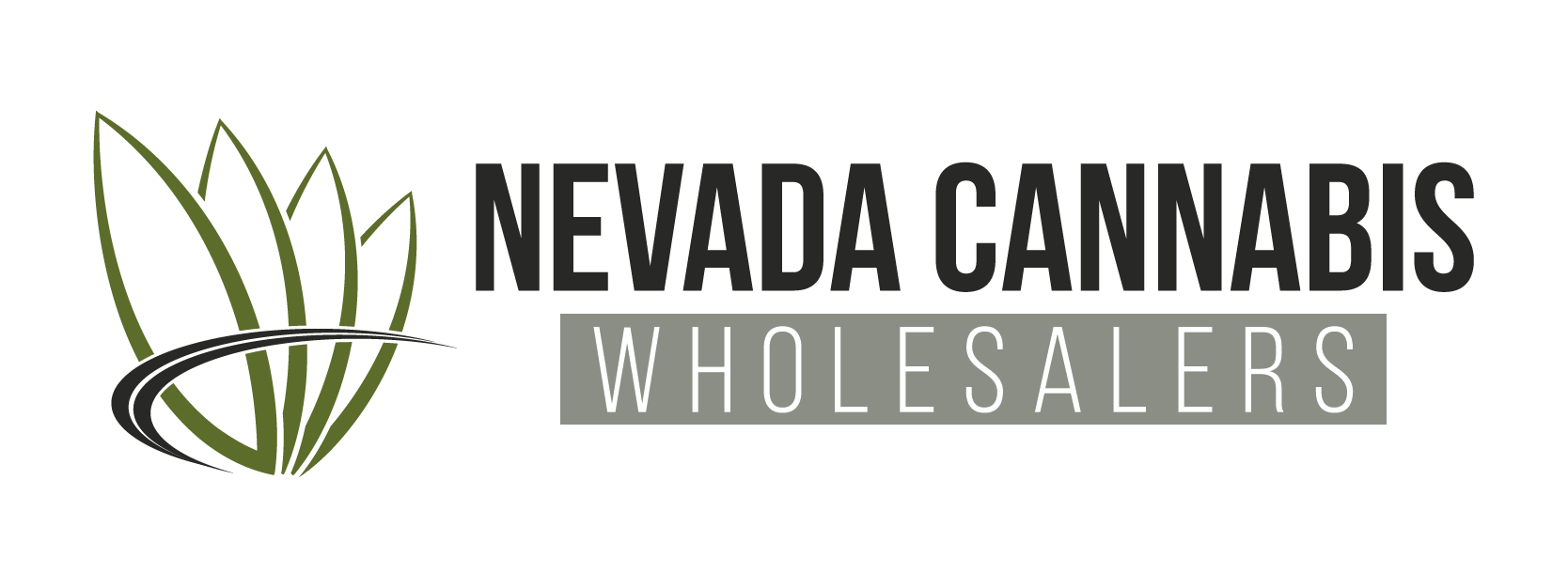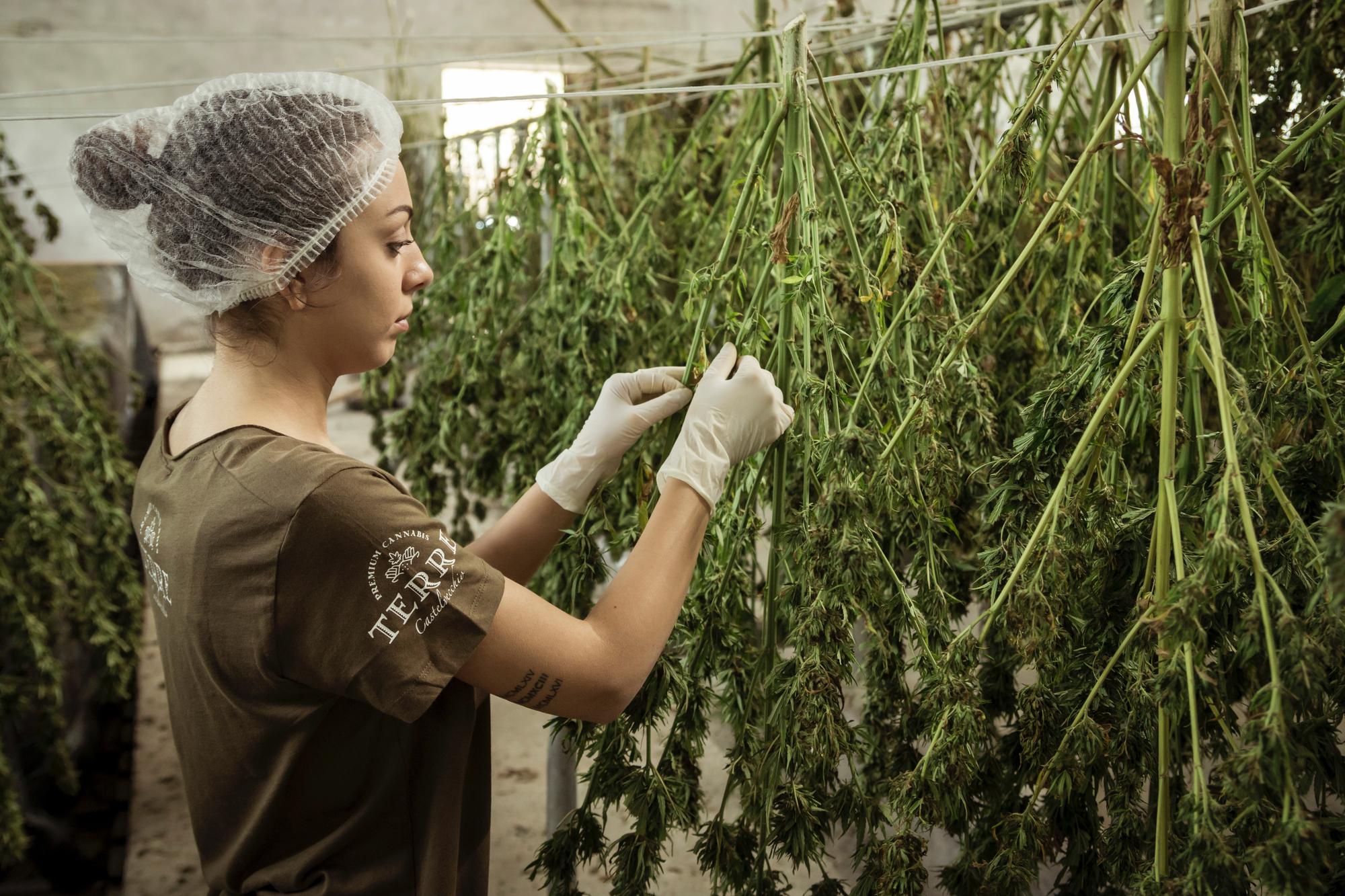Nevada’s legal market has cooled from its post-pandemic peak, creating tougher conditions for licensed wholesalers. State figures show taxable retail sales fell to about $829 million in the fiscal year ending June 2024, down from just over $1 billion three years earlier. Industry leaders increasingly point to illicit sellers siphoning demand—especially in tourist corridors—while legal operators shoulder tracking, testing, and tax costs that underground competitors avoid.
Multiple state-backed analyses echo that concern. UNLV’s policy work surveying stakeholders identified the unlicensed market as the top problem facing Nevada’s industry, with calls for stronger, better-coordinated enforcement and tourist education to prevent unwitting purchases from illegal sources. The Cannabis Compliance Board (CCB) likewise commissioned a market study to map sales trends and supply dynamics to inform policy responses.
Taxes and compliance are the crux of the competitive gap at wholesale. Nevada imposes a 15% excise on the first wholesale sale (based on sales price or fair market value, depending on affiliation), plus a 10% retail excise collected at point of sale for adult-use purchases. Licensed supply must also move through seed-to-sale tracking with lab testing and security requirements. Illicit suppliers, by definition, avoid these costs—undercutting price and compressing legal wholesalers’ margins during contract negotiations with retailers.
Price pressure shows up in market data. Headset’s Nevada dashboard has tracked weaker sales volumes in 2025 alongside lower average item prices versus prior years, a pattern consistent with margin compression amid competitive leakage and shifting consumer behavior. While many factors drive price, persistent illicit competition limits wholesalers’ ability to firm bids, particularly on commoditized flower and bulk distillate for value-tier vapes.
Enforcement matters—not just in Nevada, but regionally. California’s multi-agency task force continues to seize large volumes of illegal product, signaling the scale of supply that can spill across state lines and distort pricing in neighboring markets. Nevada regulators also take action within the regulated system when diversion risks arise (for example, suspending licenses over untracked plants or issuing health advisories), but sustained resources and coordination are needed to meaningfully shrink the illicit channel.
For wholesalers, the impact is operational as much as financial. Retailers facing price-sensitive tourists or locals may favor lower-cost SKUs and leaner purchase orders, lengthening sell-through cycles and increasing the importance of velocity data and promotional support. To keep placements, wholesalers are sharpening their playbooks: tiered pricing by potency and brand equity, predictable fulfillment windows, and joint marketing that emphasizes tested, compliant, and consistently dosed products. The CCB’s market study notes supply growth and geographic imbalances, underscoring why disciplined route-to-market planning—by submarket, form factor, and price tier—matters in an environment where illicit options lurk nearby.
Policy levers can help level the field. Stakeholder recommendations include targeted enforcement against tourist-facing illegal sellers, clearer consumer education about how to identify licensed stores, and continued refinement of regulations to maintain safety without imposing unnecessary friction costs on compliant operators. Consistent, visible actions—paired with data transparency—support retailer confidence and, by extension, healthier wholesale contracting cycles.
Ultimately, Nevada’s wholesale market is competing on two fronts: against neighboring states for tourist mindshare and against an illicit channel for price and convenience. When enforcement is credible, taxes are clearly communicated, and compliance signals are easy for consumers to find, licensed wholesalers regain leverage—allowing quality, reliability, and brand trust to do what the underground market can’t replicate.

